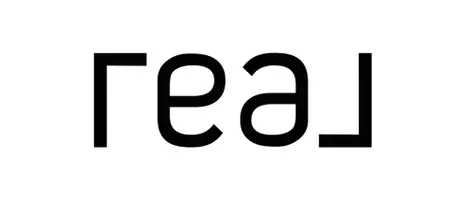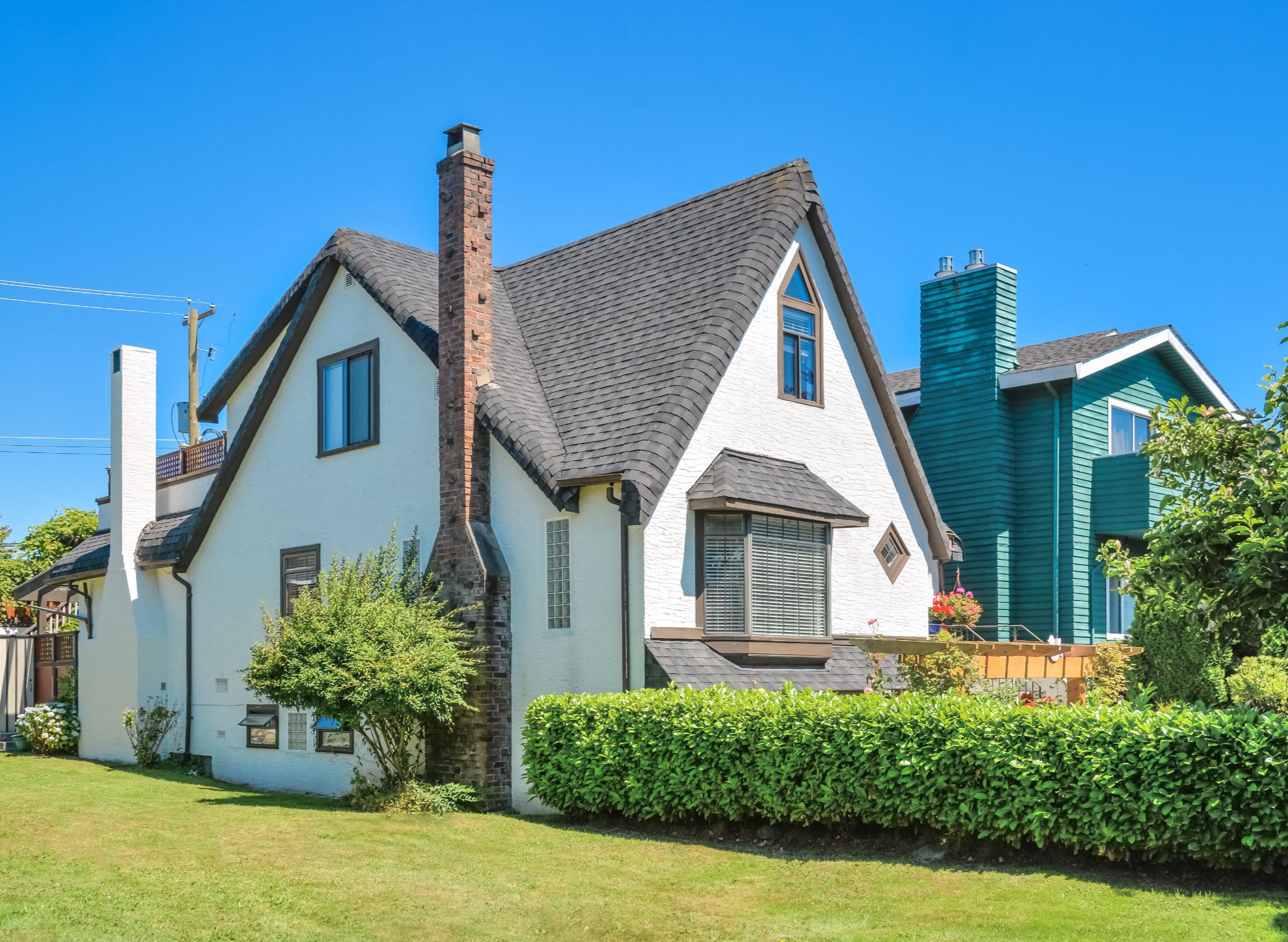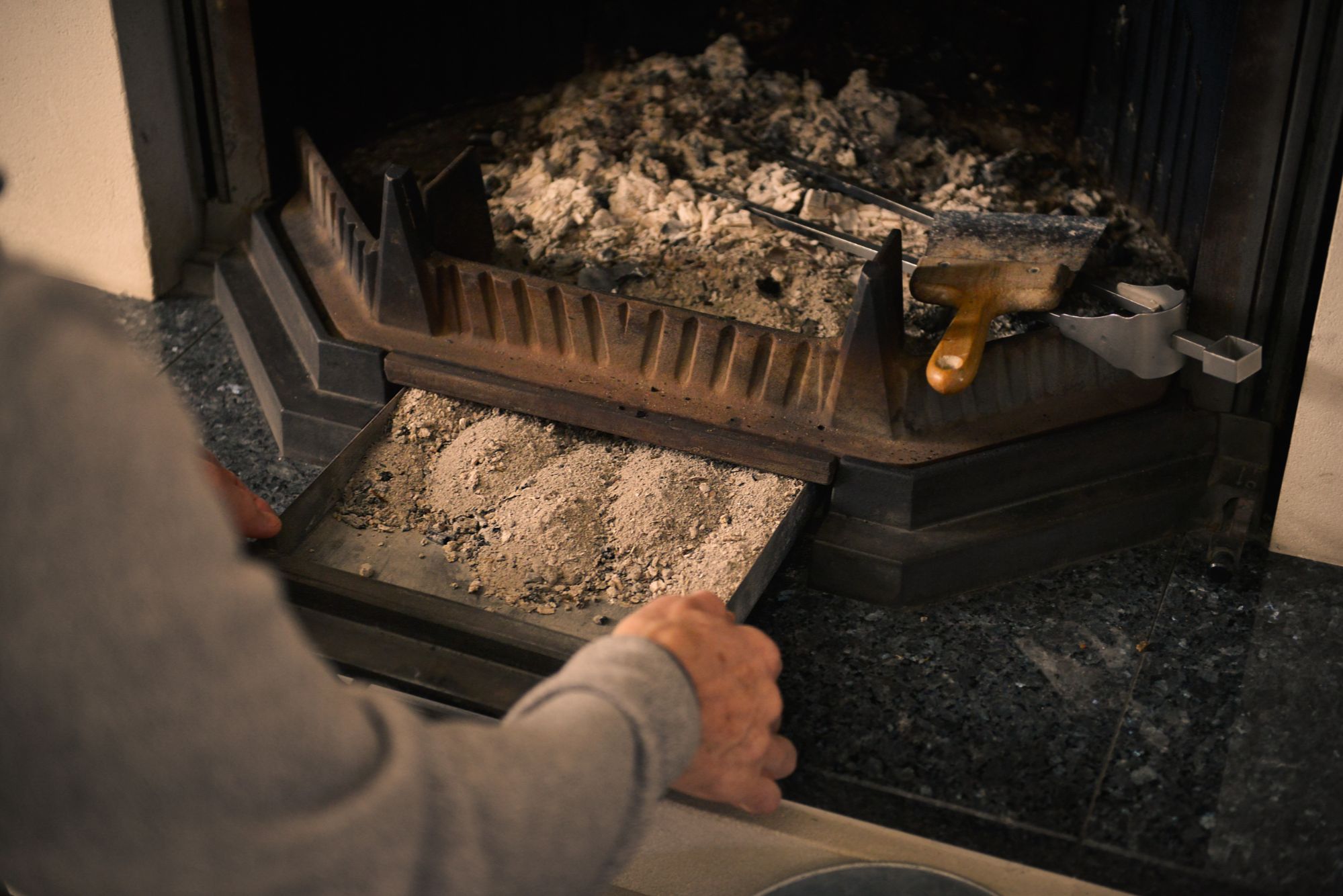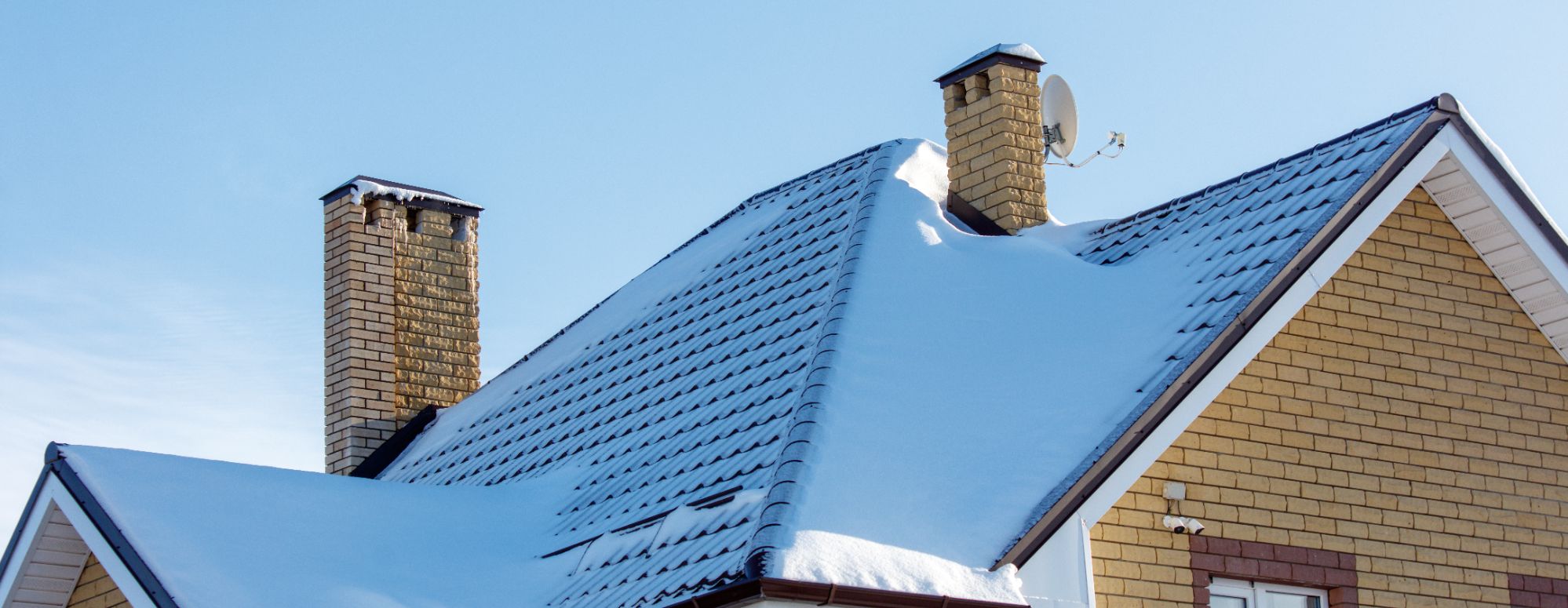Why Homes Still Have Chimneys - Even Without Fireplaces
Chimneys in Homes and Why They’re Still Here (Even Without a Wood-Burning Fireplace)
If you’ve ever toured an older home in Manitoba — or even a brand-new build — and noticed a chimney, you might have wondered: “Why is that there if the home doesn’t have a fireplace?”
It’s a great question — and one that often comes up during showings or inspections. Chimneys aren’t just relics from a bygone era. They’ve evolved with technology, building codes, and heating systems — and they still serve important purposes today.
Let’s explore why so many Manitoba homes have chimneys, what they’re used for now, and why you might even find one in a new home.
A Legacy of Traditional Heating in Manitoba
In the past, chimneys were essential in Manitoba homes. Before the introduction of modern furnaces and electric baseboard heating, houses relied on wood or coal-burning stoves to stay warm during our long, cold winters.
Those heating systems required chimneys to vent smoke and combustion gases safely outside.
Even as homes transitioned to oil and gas furnaces, the chimney remained — often repurposed to vent the exhaust from those newer systems.
Today - Many older homes in Winnipeg and surrounding areas still have their original brick chimneys — even if the home has been upgraded to high-efficiency heating. In some cases, the chimney no longer functions but remains as a structural or aesthetic feature that adds character and charm.
Venting for Furnaces, Water Heaters, or Fireplaces
Not all chimneys are purely decorative. In many homes — even newer ones — chimneys or vent stacks are still used to exhaust gases from appliances, such as,
-
Gas furnaces or boilers (especially mid-efficiency systems)
-
Gas water heaters
-
Fireplaces or wood stoves
In Manitoba, where natural gas is a common energy source, venting requirements are taken seriously. Chimneys or vent pipes ensure that any combustion gases are properly expelled, maintaining indoor air safety.
Even with high-efficiency systems that use side-wall vents, some builders still design chimneys to handle other venting needs or to accommodate a future fireplace installation.
Architectural Aesthetics and Resale Appeal
Chimneys often give a home architectural charm — something buyers in Manitoba appreciate, especially in mature neighborhoods filled with character homes.
A brick or stone chimney can,
-
Enhance a home’s exterior design
-
Create a sense of warmth and tradition
-
Serve as a visual centerpiece inside or outside the home
Some newer homes include non-functional or faux chimneys purely for curb appeal — maintaining that timeless, cozy home look even if the heating source is entirely modern.
Seller Tip - If your home still has a chimney — even a decorative one — keep it clean and in good condition. A well-maintained chimney adds character and can subtly enhance resale value by giving buyers a sense of history and craftsmanship.
Building Codes, Future Flexibility, and Energy Systems
Modern home construction sometimes includes chimneys or vent chases for flexibility in future upgrades.
For example,
-
A homeowner might later install a gas fireplace or wood stove for ambiance.
-
Some furnaces and hot water tanks still require vertical venting systems through the roof.
-
A chimney chase (an enclosed vertical vent) can serve as a multi-purpose flue, accommodating future HVAC, plumbing, or exhaust lines.
In colder climates like Manitoba’s, redundant venting options can also serve practical purposes — ensuring safe airflow and preventing issues with condensation or backdrafting during extreme cold.
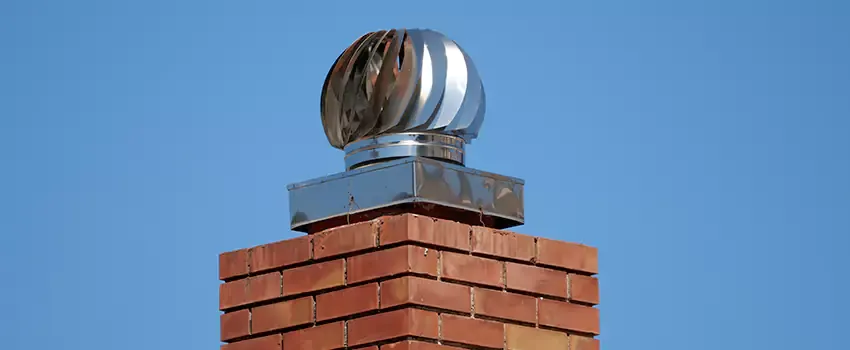
What Happens When a Chimney Isn’t in Use? Capping and Maintenance
If your chimney is no longer in use — for example, after upgrading to a high-efficiency furnace or sealing off an old fireplace — it’s important to cap the chimney properly.
Capping a chimney means placing a cover or “cap” over the top of the flue to protect the structure while allowing it to breathe. This simple step helps:
-
Keep out rain, snow, and moisture that can damage masonry and cause dampness inside the home.
-
Prevent birds, rodents, and debris from nesting or blocking the flue.
-
Stop cold drafts and heat loss, improving your home’s energy efficiency.
-
Reduce odours and downdrafts that can occur through an open chimney.
There are two main types of caps:
-
A ventilated cap, which allows air circulation and prevents condensation (ideal for unused but intact chimneys).
-
A sealed cap, which completely closes off the flue (used only when the chimney is permanently redundant and venting is no longer required).
What Chimney Caps Are Made Of
Chimney caps come in a variety of durable materials, each suited to different climates and budgets:
-
Stainless steel — Long-lasting, rust-resistant, and ideal for Manitoba’s freeze-thaw cycles. It’s the most popular and durable option.
-
Galvanized steel — More affordable but prone to rust over time, making it better suited for temporary or budget installations.
-
Copper — A premium choice that’s both durable and visually striking; it develops a natural patina over time.
-
Aluminum — Lightweight and corrosion-resistant but less sturdy in high-wind or heavy-snow conditions.
-
Masonry or concrete slabs — Often used to cap off entire chimney crowns or old, sealed flues, providing a traditional look and long-term weather protection.
A professional installer can recommend the right material based on your chimney’s design, location, and whether the cap needs to be vented or sealed.
Capping is usually done after a professional chimney sweep and inspection, ensuring that the structure is dry and free from blockages before it’s sealed. It’s a small investment that prevents costly damage — especially in Manitoba’s harsh, moisture-heavy winters.
Understanding Flues and Why They are the Working Core of a Chimney
Inside every chimney is one or more flues — the internal passageways that carry smoke, gases, and exhaust safely out of the home.
Think of the chimney as the outer structure and the flue as the inner pipe or channel that does the venting.
Each flue serves a single heating appliance or fireplace. That’s why many homes, especially older or multi-story ones, may have more than one flue inside a single chimney.
Common Situations Where Homes Have Multiple Flues
-
Two fireplaces — one in the living room and one in the basement.
-
A fireplace and a furnace — each appliance must vent separately for safety.
-
A wood stove and a gas water heater — again, each needs its own flue.
-
Multi-unit homes or duplexes — each unit may have an independent flue.
Why Each Appliance Needs Its Own Flue
Multiple flues are common because each appliance needs its own venting system for safety and efficiency. Each heating appliance creates different temperatures, exhaust pressures, and moisture levels. Sharing a flue can cause,
-
Backdrafting (dangerous gases re-entering the home).
-
Moisture or soot contamination between systems.
-
Carbon monoxide hazards.
That’s why building codes require separate flues for different fuel types or appliances.
Flues can be made of clay tile, stainless steel, ceramic liners, or insulated metal pipes — materials designed to withstand heat, moisture, and soot buildup. A damaged or unlined flue can lead to smoke leaks and structural issues, which is why professional chimney inspections focus heavily on their condition.
If you ever see multiple caps or cowls at the top of a single chimney, that’s a sign it contains several separate flues inside.
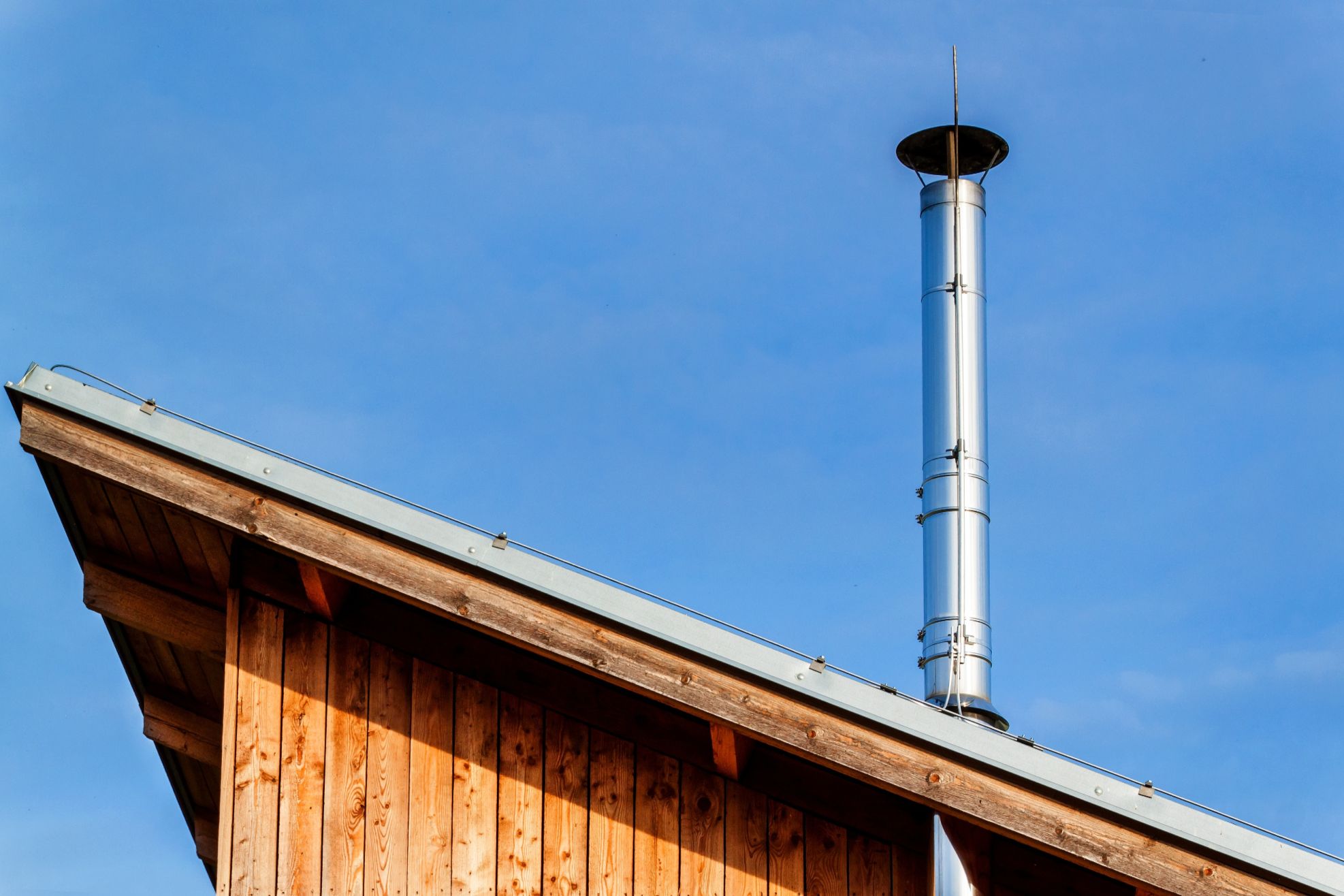
Stainless steel chimney on house for ecological wood heating.
Chimneys in New Homes where Function Meets Design
While traditional chimneys are less common in new builds, you’ll still find them in many custom homes and higher-end developments.
The reasons include,
-
Aesthetic design balance - Chimneys break up rooflines and add visual interest.
-
Fireplace integration - Many homeowners still want a gas or electric fireplace — and a chimney chase is built in for venting.
-
Mechanical use - Some modern HVAC or air exchange systems still utilize vertical vent runs for efficiency and safety.
- In homes using modern wood-burning or biomass heating systems, a chimney is still essential.
Even if your new home doesn’t rely on wood or coal, a chimney (or vent structure) can still play a role — both functionally and aesthetically.
Final Thoughts
Chimneys may seem old-fashioned, but they continue to serve important practical and design purposes in Manitoba homes.
From venting essential systems to preserving architectural beauty, they represent a bridge between classic craftsmanship and modern comfort.
If you have an old capped chimney,
-
Keep it structurally sound, weather-sealed, and vented.
-
Ensure it’s completely disconnected from any active heating system.
-
Have it inspected periodically to prevent hidden damage.
A capped chimney may not be functional anymore — but if maintained correctly, it can remain a safe and charming architectural feature of your home for decades.
So next time you see a chimney — whether on a century-old home in Wolseley or a new build in Sage Creek — you’ll know it’s more than just a decorative touch. It’s part of the story of how Manitoba homes have evolved through the decades.
Tara Zacharias, REALTOR®
Categories
Recent Posts
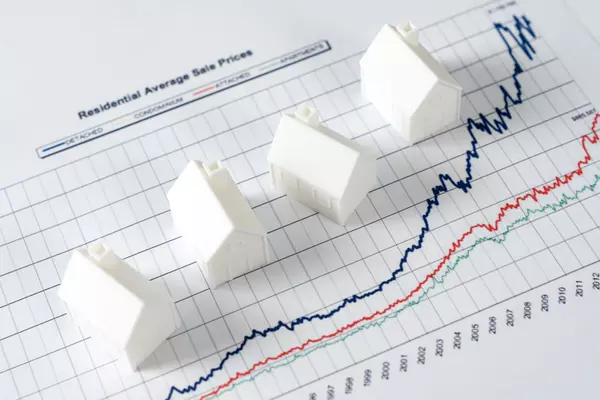
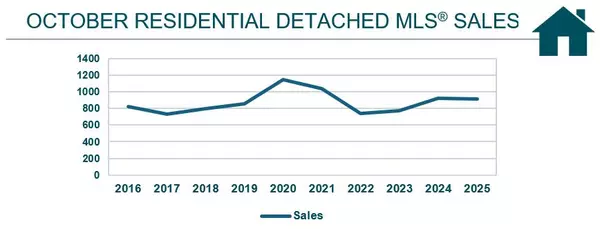
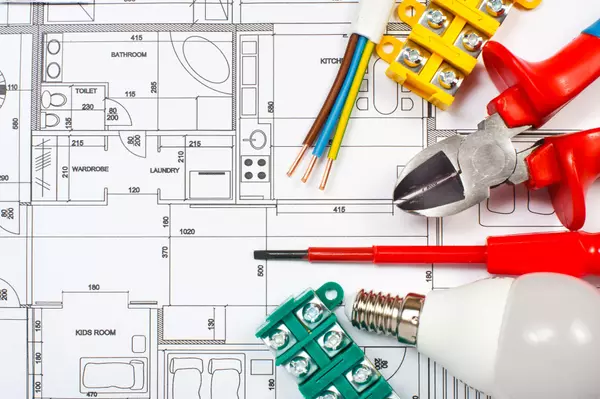
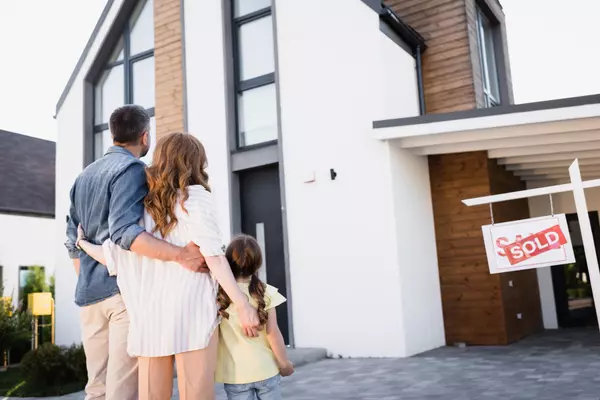
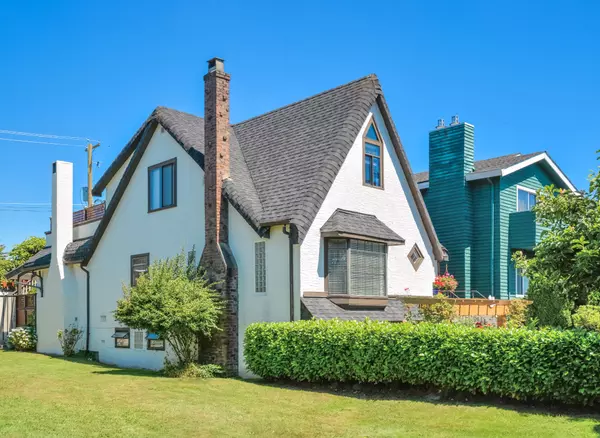
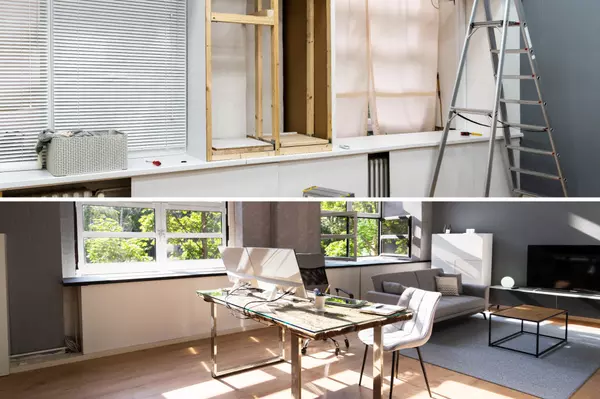
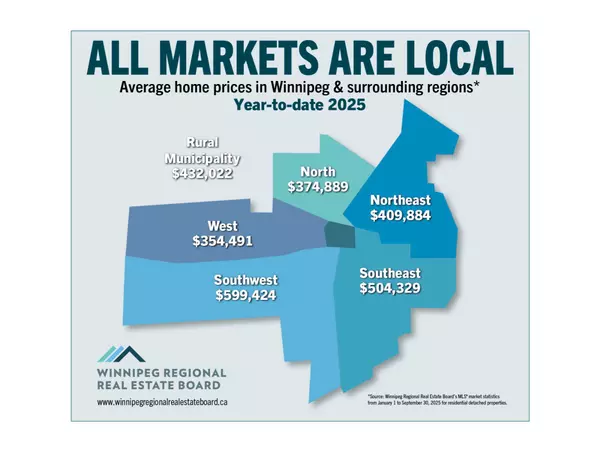
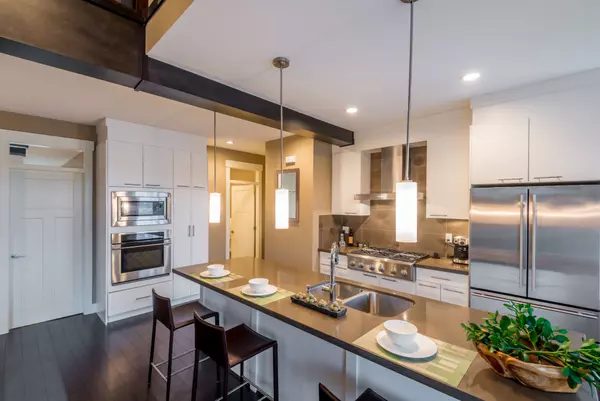
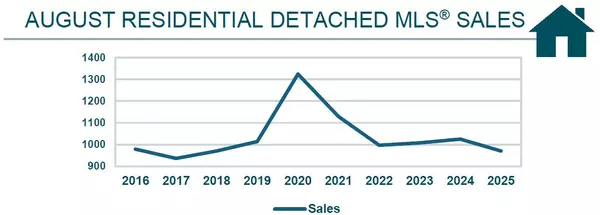

Leave a Reply
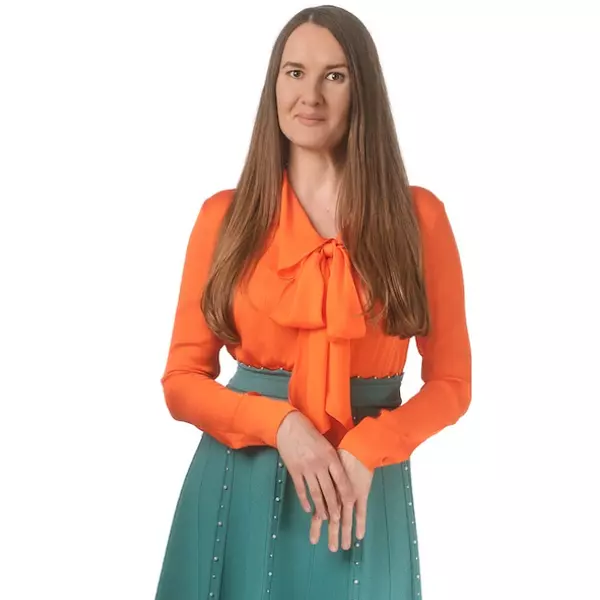 REALTOR®
REALTOR®I became a REALTOR® because I truly enjoy helping people find the place that feels like home and because providing exceptional service during such an important moment in someone’s life is something I genuinely care about. Supporting sellers as they move on, move up, or move forward is just as meaningful, and being part of that transition is something I’m grateful to contribute to.
I make the buying or selling journey feel organized and approachable with clear communication and practical guidance. With an approach supported by market data, trends, and neighbourhood insights, you'll always understand what’s happening and how to make the most informed decisions.
Whether you’re buying your first home, selling a place filled with memories, or planning your next step, I’m here as someone who listens, shows up, and puts your goals at the centre of every decision. I'm focused on what serves you best.
I'm Tara Zacharias, a real estate salesperson located in the vibrant city of Winnipeg. Thanks for stopping by and taking the time to get to know me!+1(204) 293-0933 tara@tarazacharias.com330 St Mary Ave, Winnipeg, MB, R3C 3Z5, CAN
https://tarazacharias.com/
